How to Commission Custom Upholstered Furniture
http://decor-ideas.org 11/29/2013 22:10 Decor Ideas
If you can’t find that perfect furnishing to complete a room’s design, commissioning an upholstered piece is an optimal way to solve size, comfort and aesthetic issues. But before you rush out to purchase that fabric you’ve been eyeing, you need to understand the technicalities involved in the creation of a custom piece from frame to final trims. This knowledge will be the key to your getting exactly what you want.
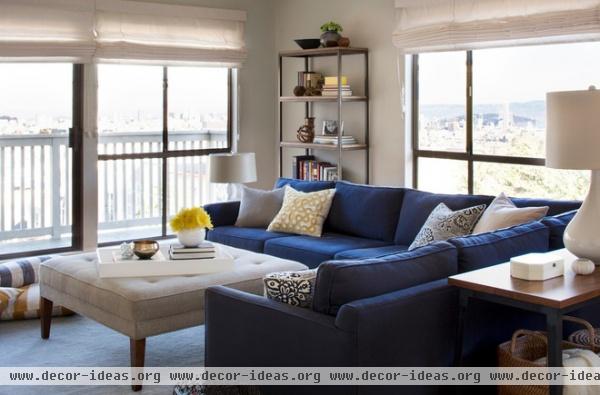
Where to start. Interior designers are a great starting point, because they can act as a liaison between the client and the furniture maker, turning pretty photos and general ideas into actual measurements and firmness levels. Beyond that, San Francisco designer Jennifer Jones of Niche Interiors says, “there are also the technical details such as welting, tufting, the way the fabric is applied, foam content and the appropriate dimensions that will fit your space and be comfortable.”
11 Distinctive Details for Upscale-Looking Upholstery
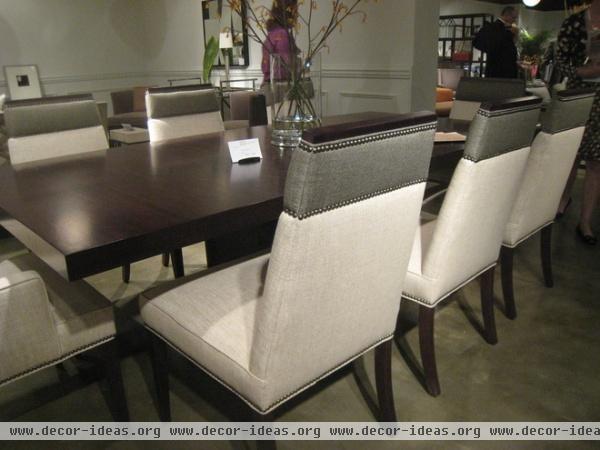
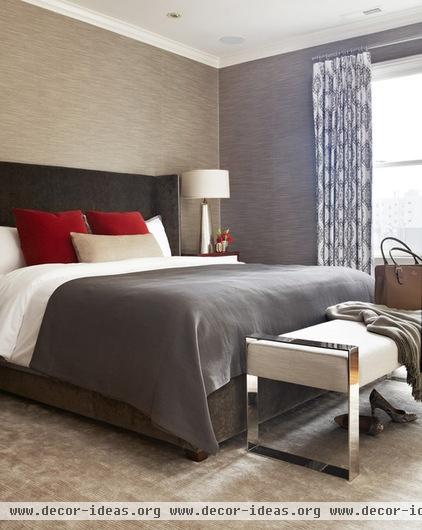
Interior designers consider measurements along with scale and proportion to help guide you in designing a piece of furniture that will function well and look good. Think of an interior designer as an interpreter who can translate your dream into the technical language spoken by a furniture maker.
However, “if you’re good at doing your research and feel comfortable explaining yourself,” says Los Angeles designer Lori Dennis, “you can go directly to a furniture maker.”
Find an interior designer or decorator
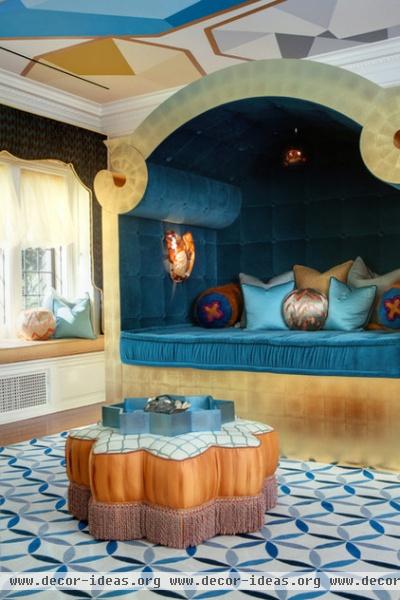
If you bypass an interior designer, use a furniture-making company that works frequently with the general public and has a streamlined ordering process.
Also, “be sure the manufacturer provides a CAD drawing of the piece to scale before you sign off on the order,” advises designer Jennifer Jones. “You can catch a lot of mistakes before a piece is made. Do your research and find a reputable manufacturer that has a good track record.”
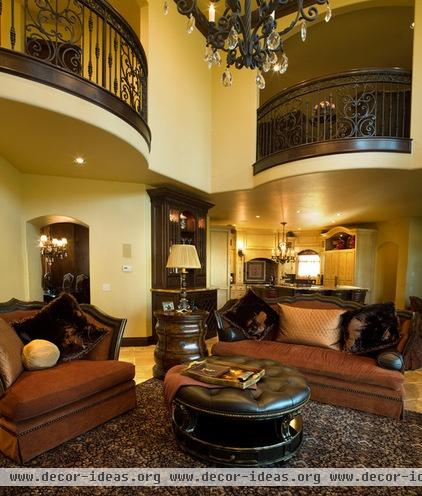
Once you find a good manufacturer to work with, Jones says, “ask a lot of questions and do your homework before ordering.” Three questions to ask:
1. What will the frame be made of? “Kiln-dried solid wood is best,” says Jones.
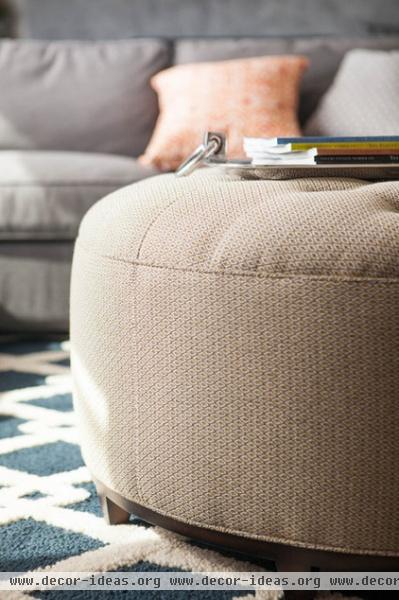
2. What type of foam will be used in the cushions? “Poly foam wrapped in Dacron is standard, but this contains flame retardants, which are harmful to your health. For a greener alternative, ask for natural latex wrapped in organic wool,” she says.
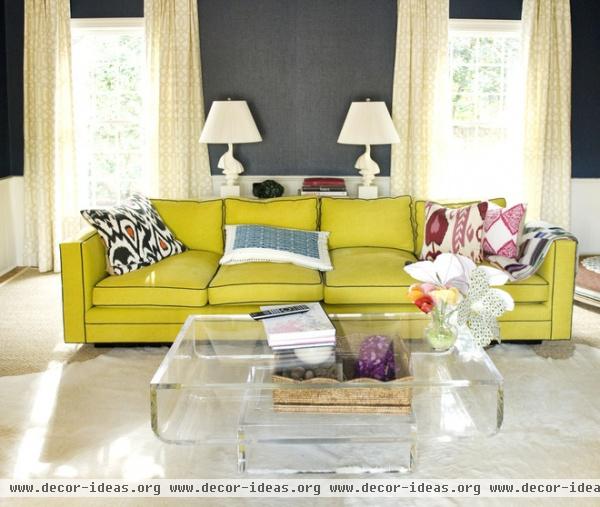
3. Welt detailing or tufting? “Having welt detailing is more traditional, whereas no welt is more contemporary. If you prefer welt detailing, be sure to specify how thick you want it,” Jones says.
The welt detail on this sofa was done cleverly in a darker color to boldly outline the rest of the yellow upholstery.
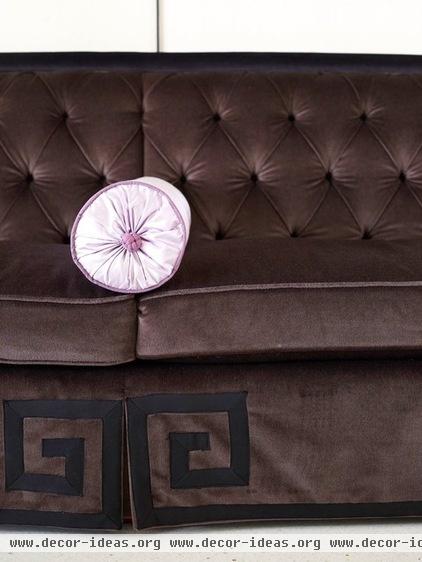
To tuft or to not tuft; that is the question. Tufting (the detail with the buttons on the back cushions here) changes the entire look of a sofa.
The more design details you can determine before talking to an interior designer or furniture maker, the easier the customization of your dream piece will be.

Consider support. There are different firmness levels for upholstered furnishings, and not one level works for all pieces. Coils and springs, the methods typically used in the bases of sofas and chairs, come in different sizes and gauges. A furniture maker will have you test samples.
Don’t go into a meeting without a good understanding of these different levels of firmness. Take a day to visit a furniture store and sit or lie on everything to figure out what’s most comfortable for your body.
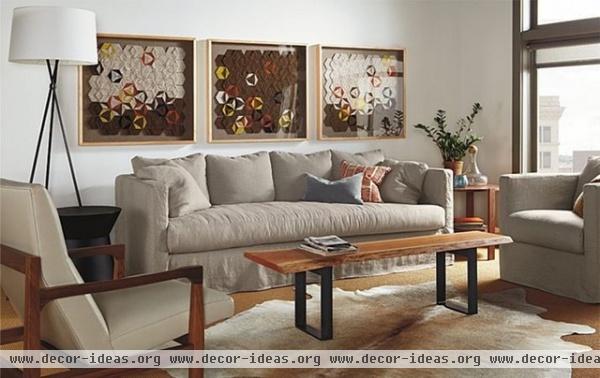
Next you have to decide the firmness of cushions that lie on top of the base. If you’re on a budget, “save your splurge for the back cushions,” designer Lori Dennis suggests. “Down, for instance, is going to offer you the most value for comfort here.”

Choosing fabric. This is usually the part we can’t wait to get to. No matter the furniture, Dennis is a big proponent of using indoor-outdoor fabrics. “They’ve come a long way in recent years and can look and feel every bit the richness of silk, velvet and mohair. These are great for furniture in high-traffic areas, because of how durable they are,” she says.
The best and worst fabric choices. Jones says, “Avoid 100 percent linen if you have an active family and don’t like wrinkles. Beyond that, whatever fabric you are interested in, check its details; all fabrics should list their content and durability ratings. Then check to make sure the fabric you select is recommended for use as upholstery.”
Upholstery That Can Stand Up to Anything
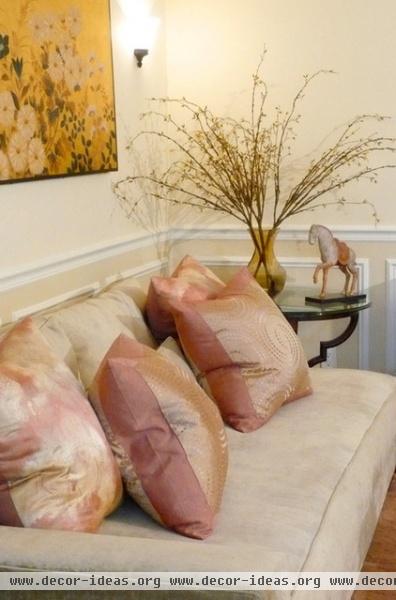
If you want to incorporate rich, expensive fabrics, like real silk, “Never put it on the area that guests actually sit upon, because that’s the direction spills fall,” Dennis advises. “Save the expense for the back cushions or luxurious drapes that people are less inclined to touch and get dirty.”
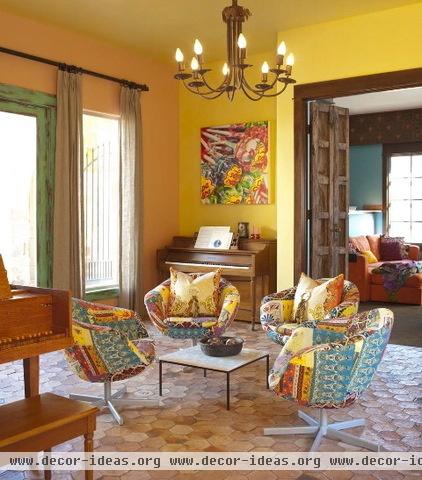
Patterned fabric. If the fabric you’re choosing is patterned, you’re going to need to take extra precautions, as this it’s easy to mess up.
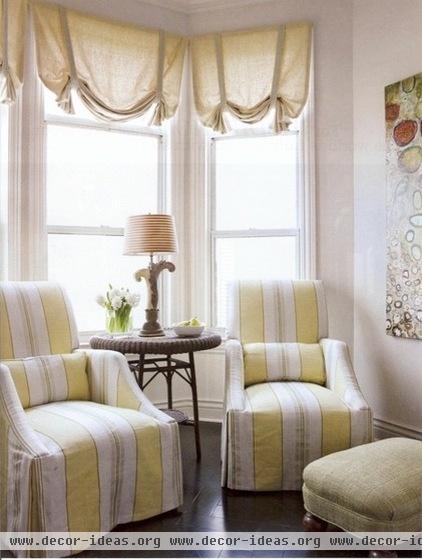
You need to specify if you want the pattern in a railroad or straight application. “What this means,” says Dennis, “is if you’re using a stripe, railroading the pattern positions the stripes to run perpendicular to your legs when seated. Straight means those stripes will be parallel to your legs. Railroading will give you no seams, while straight may show a seam if the furniture is larger than the width of the fabric.”
These chairs are upholstered in a straight style.
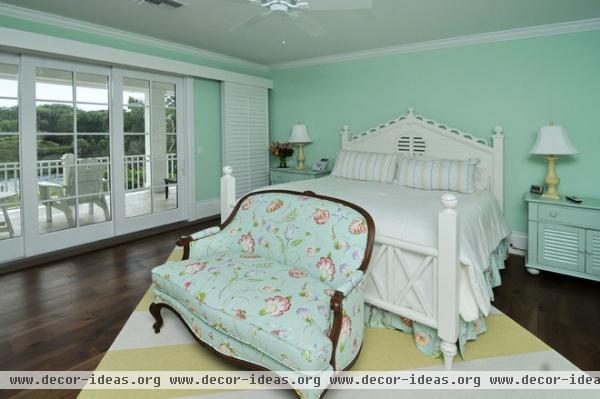
If you don’t specify which direction you wish your pattern to go in, the upholsterer will put it on the way he or she thinks it looks best. “That,” says Dennis, “can make a big difference in how a pattern will read to the eye.”
It can also make a difference in whether you love your new piece or are frustrated by the experience.
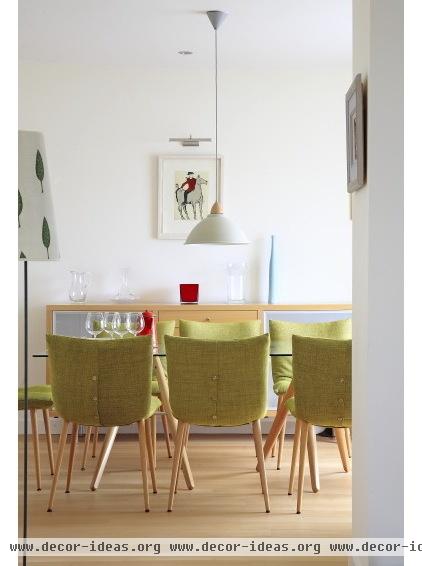
Your turn: Show us your custom upholstered furnishings and share the lessons you learned from the process.
Have a furniture piece that needs new fabric? Here are 10 details to discuss with your upholsterer
Related Articles Recommended












